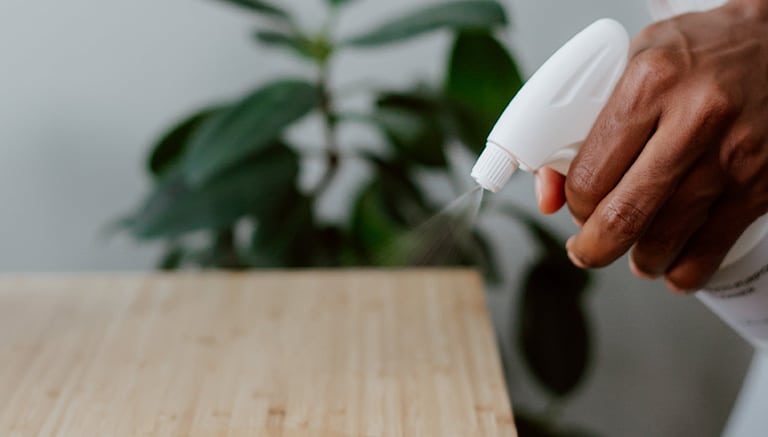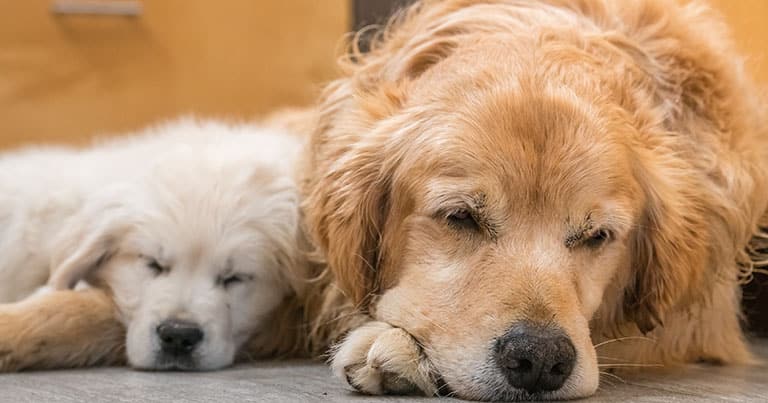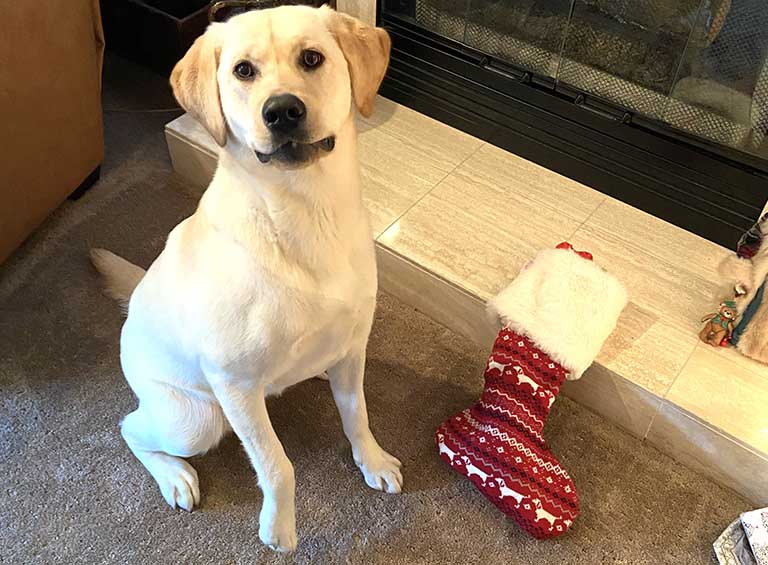Has your cat urinated outside their litter box? Read this blog to learn effective cleaning methods for cat urine, why it’s important to clean as soon as possible, and potential reasons your cat chose not to use their cat box.
Why Does Cat Urine Smell so Potent?
Cat urine is highly concentrated and possesses a potent ammonia odor. The strong scent is the breakdown of urea in the urine. When the waste is left for a while, whether in a litter box, furniture or carpeting, the bacterial decomposition of the urea intensifies the odor.
Unneutered male cats tend to have stronger-smelling pee because of the presence of specific pheromones and hormones. An aging cat’s kidney functions may also contribute to the foul-smelling urine. As felines get older their ability to effectively flush out toxins may become compromised due to a medical condition or being advanced in years.
Steps to Remove Cat Urine from a Surface
Fast Action and Blotting
Swift action is crucial when cleaning up cat urine. The longer the feline’s pee lingers, the more challenging it is to eliminate. Locate where the cat went to the bathroom and begin to clean. Do not use hot water to remove any animal’s urine as the heat helps to set the smell. Instead, dab cold water on the area to lift both the scent and urine.
For hard surfaces, use a clean cloth or paper towel to blot the area. For thicker surfaces like mattresses and cushions, let water soak into the material before blotting. The objective is to soak up as much urine as possible. Rinse the spot with water and use a wet/dry vacuum to remove the remaining liquid. Steer clear of steam cleaners as they may make the stain more permanent. Machine-washable items like comforters, curtains and pillows covers can be rinsed in cold water before being laundered with the appropriate cleaner. f

Clean the Area Multiple Times
Soaking and blotting the area one time is often not enough. The first clean aims at removing the majority of the cat urine while the second and even third cleaning session’s goal is to attack the smell. Hard surfaces do not retain the foul scent as strongly as mattresses, cushions and carpets. Check to see if the area is dry before each next cleaning attempt.

Cat Urine Cleaners
Enzyme cleaners are formulated with natural enzymes that specifically target the ammonia and bacteria in cat urine. These live bacteria eat the urine particles, helping to eliminate both stains and odors. First, soak the stain with water and dab up as much urine as possible. Then slowly pour the enzyme cleaner on and over the affected area. Let the formula stand for around 15 minutes before continuing to blot the surface.
For a more natural approach, cold, soapy water can help lift the pee and odor from the affected area. When the space dries, sprinkle baking soda. The sodium bicarbonate absorbs any unpleasant lingering smells and can be vacuumed up after a few hours.

Ventilate the Room
Create proper ventilation by opening windows and doors to let fresh air circulate throughout the room. Even after cleaning the stained area, lingering urine odors may be stuck in the air. A flow of fresh air helps to eliminate that scent from the space. Other options include lighting a candle, using a room spray or burning incense. All can contribute to replacing the unpleasant odor with a more favorable fragrance.

Why Your Cat Pees Outside of the Litter Box
Medical Problems
Cats peeing outside of the litter box and more frequent urination may be signs of an underlying medical condition. The feline could be struggling with issues such as a UTI, a metabolic disease, bladder stones or feline lower urinary tract disease. Speak with your veterinarian about the signs you see your cat displaying and follow any treatment your vet prescribes. Once the cat begins to improve, the urinating in unwanted places will hopefully stop.

Behavioral Issues
Felines can sometimes spray or pee out of stress, frustration or because their litter box is dirty. Cats are creatures of habit, and they become easily stressed with change. Spend time with your cat playing or cuddling to reassure them that everything is alright and they have your love and attention. Create a happy home environment with toys, providing climbing opportunities and plenty of access to sunlight. Maintain a consistent schedule for cleaning your pet’s litter box so that it remains appealing to them.
If a cat is persisting in their determination to mark their territory or pee outside of the litter box, consider laying aluminum foil down, covering a mattress with a plastic sheet or tarp, using a waterproof mattress cover or upside-down laundry basket over the unfavorable peeing spot. Another helpful trip is to place food or treats where you want to discourage urination since cats do not like to pee in the same space they eat.
Should You Discipline Your Cat?
Discipling cats for undesirable potty behavior can lead to confusion and stress rather than learning. The bond between a human and their feline companion is delicate, and disciplinary actions may strain that relationship. Cats might become less trusting and avoidant. This may lead to even more inappropriate bathroom behavior like choosing secluded spots that are challenging for the owner to find and clean. Punishment can even trigger fear-related aggression.
A more effective approach is to identify the underlying reasons for the cat peeing outside of the litter box. Addressing the issue with calmer methods, such as treatment or modification, can promote a healthier and stress-free environment for both the cat and the owner.
To learn more about this topic read *here.
Clean and Odor-Free Home from Cat Urine
It’s helpful to understand the underlying causes and cleaning methods in order to manage and eliminate the strong smell of cat urine in your home. Swift and proper cleaning techniques combined with enzyme cleaners can help eliminate the stain and the odor from the urine spot. Proactively seeking veterinary advice and spending quality time with your cat can also be helpful in preventing this unpleasant action in the future. Incorporate these tips and steps to create a home that is not only clean but also free from the lingering odor of cat urine.










































